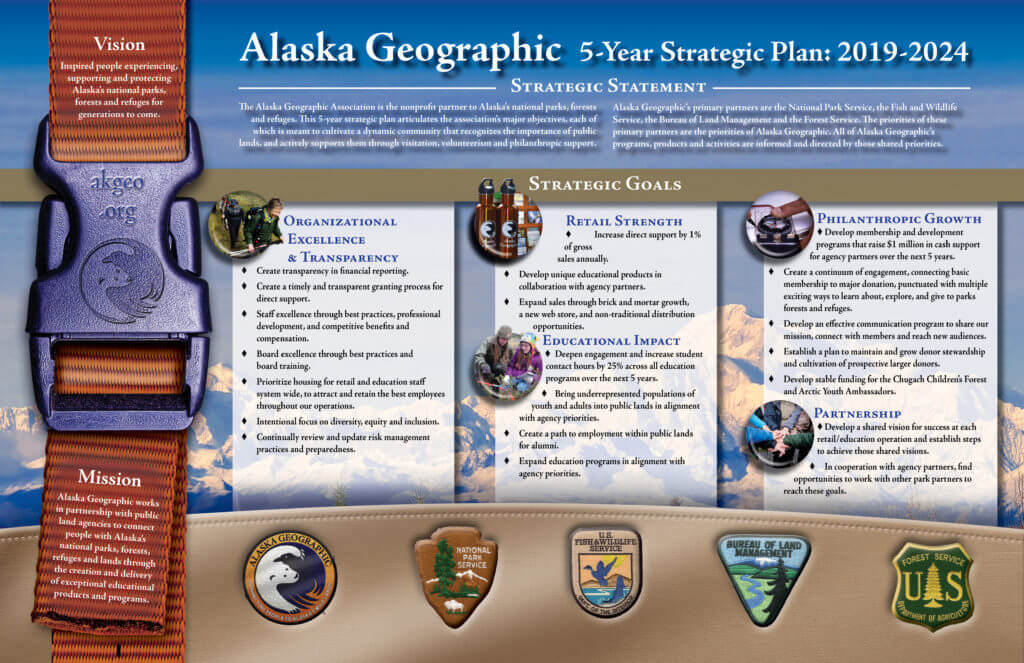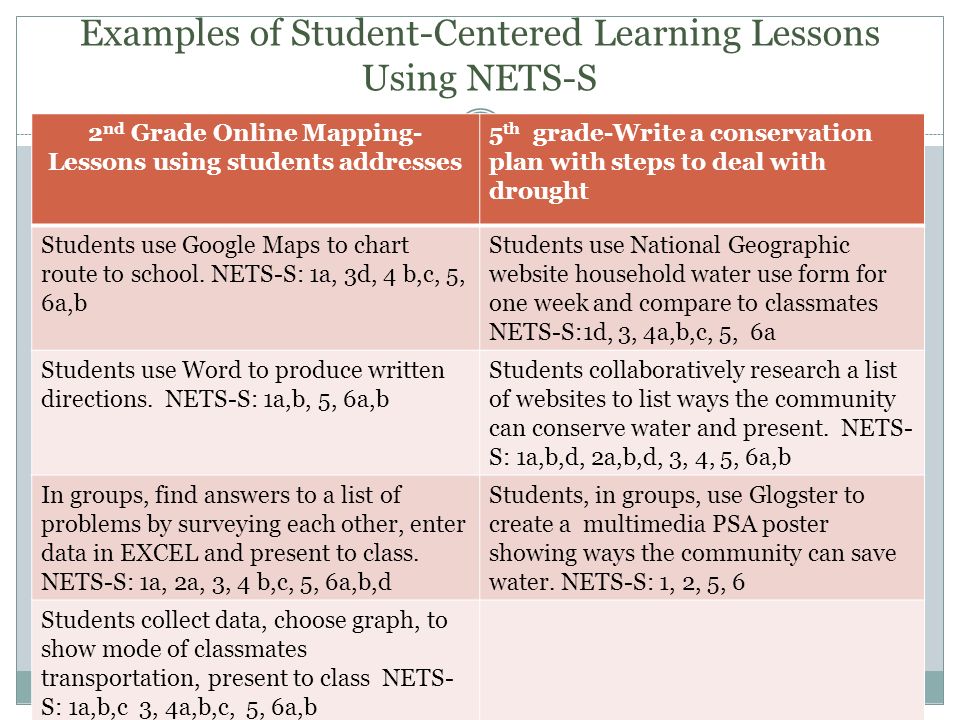

If you have to walk in water, wherever possible, walk where the water is not moving.Even shallow, moving water can make you fall. It can be difficult to tell how deep the water is and what lies underneath the water that could hurt you. These become extremely dangerous during a flash flood. Avoid low spots, like ditches, basements, or underpasses.Turn off utilities at the main switches or valves if instructed.If possible, bring in outdoor furniture and move important items to an upper floor, above possible flood levels.If there is any possibility of a flash flood, move immediately to higher ground. Buy extra batteries in case power isn’t restored immediately.

Charge cell phone batteries and any reusable batteries for flashlights.Don't forget to include necessary prescription medications and a small first aid kit. Be prepared! Assemble an emergency kit in case you need to evacuate.Have an emergency plan and practice survival skills, like first aid and how to disinfect water.A warning means flooding is occurring or will occur soon. What’s worse-a flood watch or warning? A watch means flooding is possible.When heavy rain or storms are forecasted, listen to the radio or television for information on flooding risk. Seal walls in basements with waterproofing compounds to avoid seepage.Sandbags can provide a temporary levee in an emergency. Construct barriers (levees, beams, floodwalls) to stop floodwater from entering your home.If you do live in a floodplain, consider buying flood insurance to help with losses if, and when, a flood occurs.Avoid building in a floodplain-an area especially prone to flooding during heavy rains.

One of the biggest ways to protect yourself and your property is to prepare ahead of time.

No other kind of natural disaster in the United States has caused more death and destruction than floods.


 0 kommentar(er)
0 kommentar(er)
